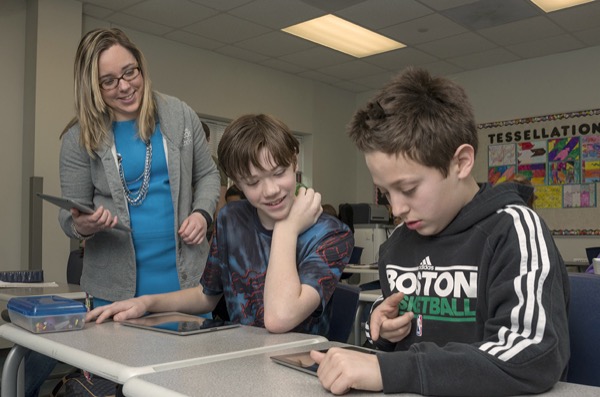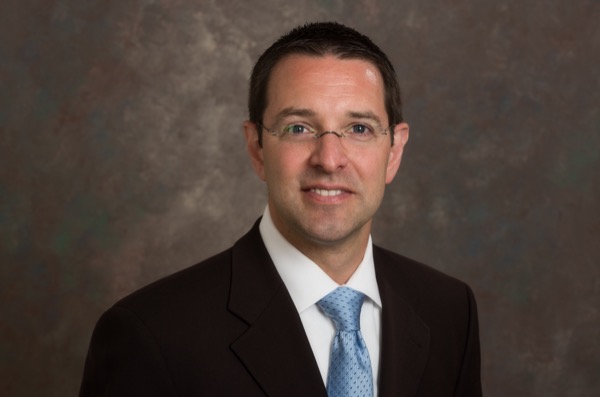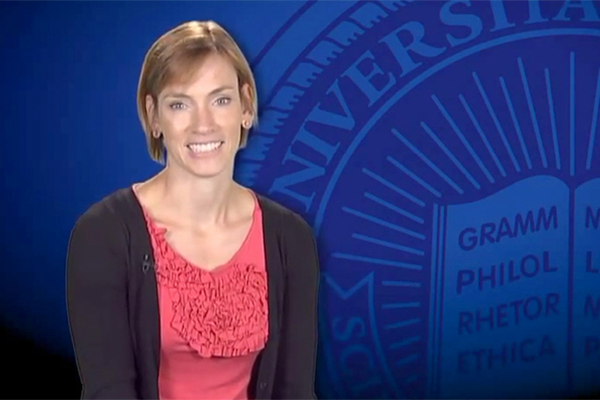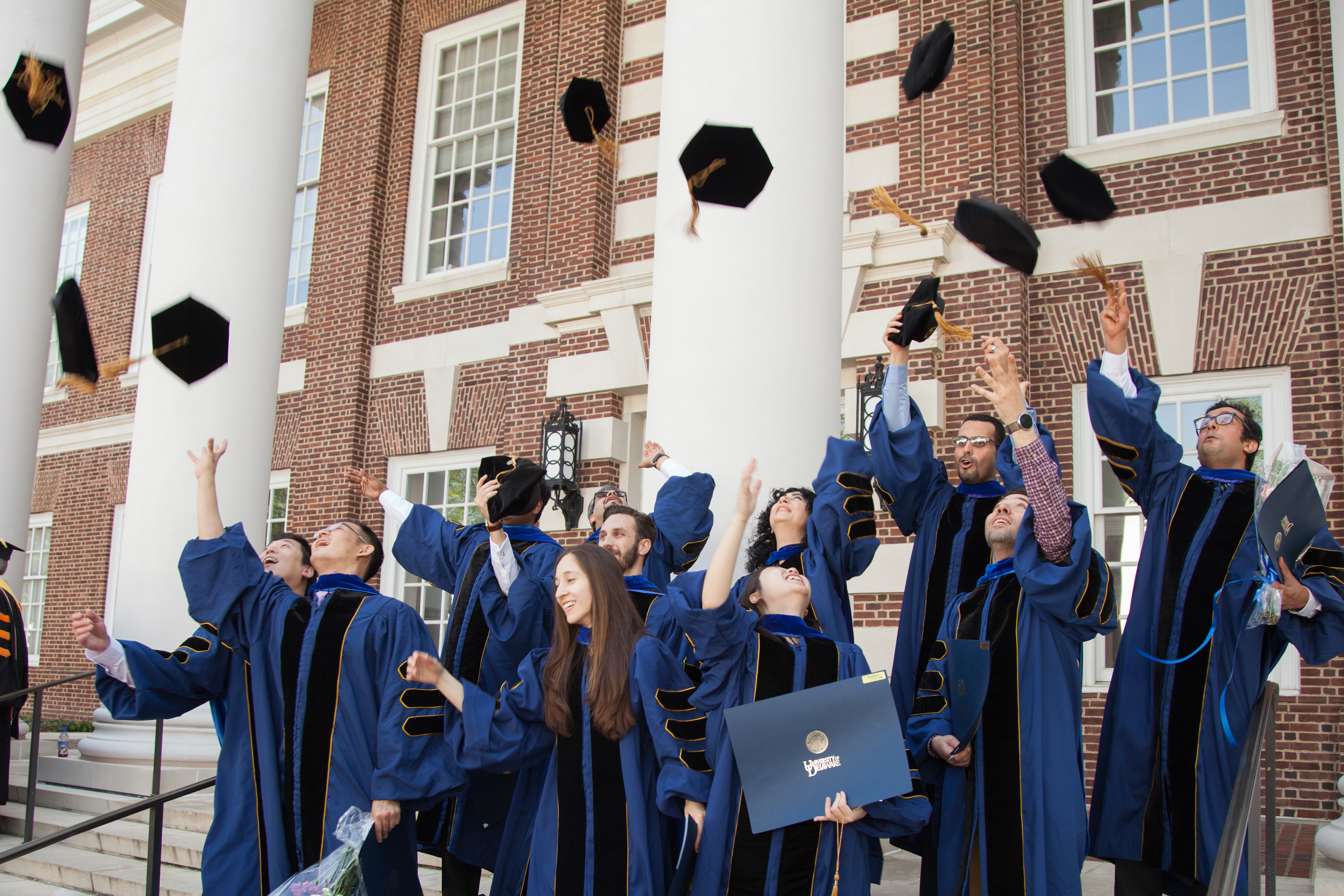


An education void
UD professors receive $5 million grant to examine implementation of education research
10:26 a.m., July 16, 2015--Before the school year begins, teachers at an elementary school will meet to set their curriculum and decide how to effectively teach their students.
Educators and administrators at a school with a growing number of English language learners must decide what types of interventions to implement to support this new population.
Campus Stories
From graduates, faculty
Doctoral hooding
A district, struggling with high principal turnover rates, creates a strategic plan to recruit and retain school leaders.
In all of these scenarios, education research could play a powerful role. But does it?
University of Delaware researchers Henry May and Elizabeth Farley-Ripple were awarded a $5 million grant by the Institute of Education Sciences and the National Center for Education Research to establish the Center for Research Use in Education (CRUE).
This new center, housed within UD’s Center for Research in Education and Social Policy (CRESP), will focus on studying the connections and gaps between education research and schools’ practices.
“The federal Education Sciences Reform Act of 2002 required education research funding to test whether education programs and policies work or not. We now have a substantial body of evidence of what works in education, but we really have no idea how and if schools are using this evidence to guide their instruction,” said May, co-director for CRUE and director of CRESP.
CRUE’s goal is to better understand how educators think about, value and integrate education research. From this, researchers can learn to be more effective at translating their research to practice by:
- being more responsive to the problems educators are trying to solve;
- using language that will help educators better understand the research and its applications to their day-to-day practice; and
- establishing stronger connections between research and practice that will ultimately improve teaching and learning in schools.
“Very little is known about how classroom teachers find out about and use research,” said Allison Karpyn, CRESP associate director and CRUE co-investigator. “Our objective is to understand how information travels from the researchers studying what works, to the actual classrooms. Educators will be more effective if they can identify which teaching practices, curriculum and other strategies work better than others.”
Over the next five years, May and Farley-Ripple, in partnership with scholars at UD, the University of Pennsylvania and the University of Minnesota, will develop measures to analyze:
- researchers’ and educators’ perspectives of education research;
- the relationships between researchers and educators;
- educators’ knowledge about key research concepts; and
- the different ways research can be used in practice.
Once those measures have been validated, the team will recruit 300 schools (13,500 educators) and 400 researchers/brokers to complete the surveys. In addition, 10 schools will participate in case studies to engage in deep use of research. These responses will be used to determine how and when research influences practice in schools.
“Building capacity for evidence-based reform is critical to improving teaching and learning in our schools,” said Farley-Ripple, CRUE co-director and assistant professor in the School of Education. “CRUE’s research will generate knowledge to better equip educators and researchers to work towards that important goal.”
CRUE will share their findings throughout the five-year period, issuing reports and providing professional development opportunities, to assist both researchers and educators.
About CRESP
The Center for Research in Education and Social Policy (CRESP) within UD’s College of Education and Human Development, conducts rigorous research to help policymakers and practitioners in education, community health and human services determine which policies and programs are most promising to improve outcomes for children, youth, adults and families.
Article by Alison Burris










